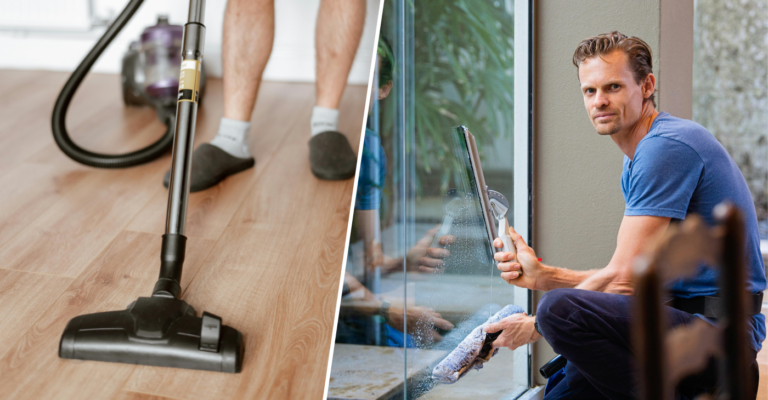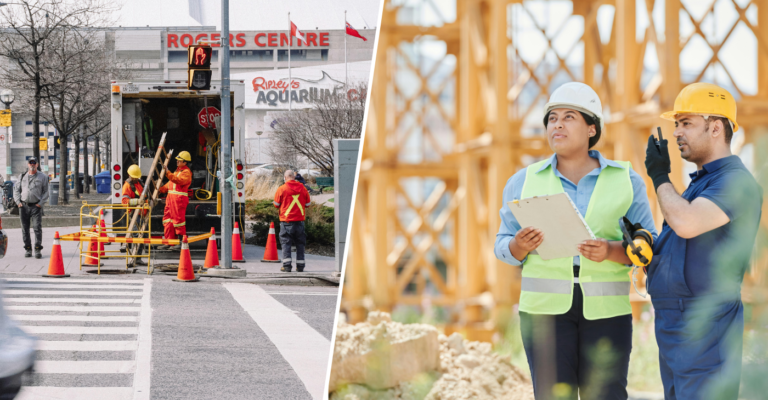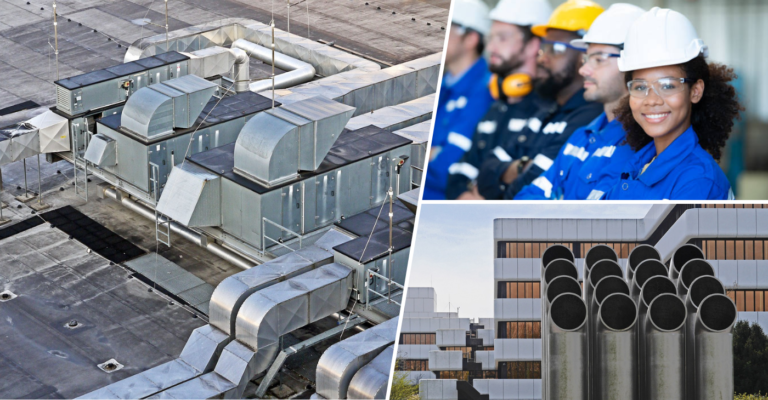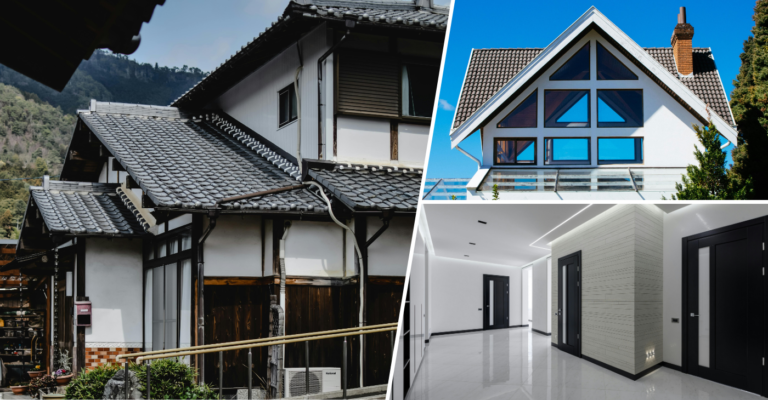How timber frame house is leading the green building revolution?
Timber frame houses are gaining attention for their beauty and sustainability. Over the years, they have become a popular choice for eco-conscious homeowners and builders. As the demand for green construction grows, timber frame house are emerging as a leading option for reducing environmental impact. With their efficient use of resources, low carbon footprint, and renewable materials, timber frame homes are transforming the future of building. In this article, we’ll explore how timber frame homes are driving the green building revolution and why they are a top choice for modern, sustainable living.
What are timber frame houses?
Timber frame house use large wooden beams to create a strong structure. These beams are joined with traditional joinery methods like mortise and tenon, which don’t require nails or screws. This type of construction has been used for centuries and is admired for its strength and durability.
Unlike conventional homes that use many smaller wooden studs, timber frame house rely on fewer but larger beams. This method results in open, spacious interiors with exposed wooden beams, giving the home a natural, rustic appeal. Timber frame homes can be designed to fit both traditional and contemporary styles, offering a flexible option for homeowners.
Timber as a sustainable material
Timber is a renewable resource, making it one of the most eco-friendly building materials available. Unlike concrete or steel, timber can be harvested and replaced by planting new trees. Responsible forestry practices ensure that forests are replanted and maintained to prevent deforestation.
When trees grow, they absorb carbon dioxide from the atmosphere, which helps to reduce greenhouse gases. By using timber for construction, carbon is stored in the wood for the life of the building. This process, known as carbon sequestration, makes timber frame house an excellent choice for reducing the overall carbon footprint of a home.
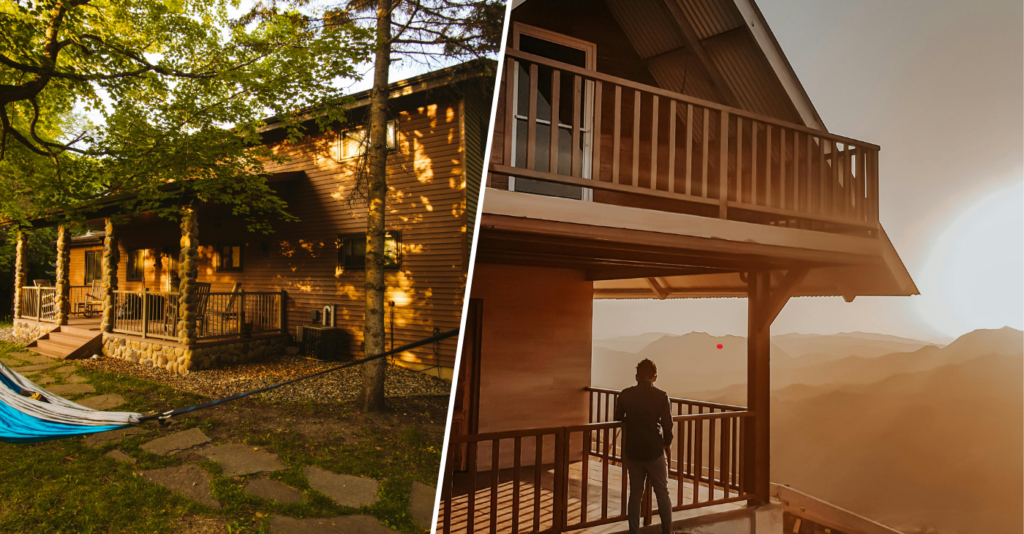
Lower carbon footprint
One of the biggest advantages of timber frame house is their low carbon footprint. Concrete production is responsible for about 8% of global carbon emissions, while steel adds another 7%. Timber, by comparison, requires far less energy to process and transport. This makes it a much greener option.
In addition to using less energy, timber frame homes create less waste during construction. Any leftover wood can be reused or recycled, further reducing environmental impact. This is a core principle of sustainable construction, where the goal is to use resources as efficiently as possible.
Energy efficiency
Timber frame houses are naturally energy-efficient. Wood has excellent insulating properties, helping to keep homes warm in the winter and cool in the summer. This reduces the need for heating and cooling, lowering energy consumption and utility bills.
Many timber frame homes also use advanced insulation systems, like Structural Insulated Panels (SIPs). These panels have a foam core between two layers of wood, creating a highly efficient barrier that reduces heat loss and air leaks. Homes built with SIPs are well-known for their superior energy performance.
Timber frame houses and green building certifications
Timber frame homes often meet the standards for green building certifications, which are becoming more important in the construction industry. These certifications recognize buildings that are designed and built with sustainability in mind. Here are some common green certifications timber frame house can achieve:
1. LEED certification
LEED (Leadership in Energy and Environmental Design) is a global certification that rates buildings on energy efficiency, material use, water conservation, and overall sustainability. Timber frame homes are well-suited for LEED certification because they use renewable materials and are energy-efficient.
2. BREEAM certification
BREEAM is a UK-based certification that evaluates the environmental impact of buildings. Timber frame house typically score well under BREEAM guidelines due to their sustainable materials and efficient energy use.
3. Passive house certification
Passive House standards focus on creating low-energy buildings that require very little heating or cooling. Timber frame house, with their natural insulation and airtight design, are often able to meet the requirements for Passive House certification.

Durability and longevity
Timber frame homes are built to last. With proper maintenance, they can stand for hundreds of years. This long lifespan makes them a sustainable choice because fewer resources are needed for repairs or rebuilding. The longer a home lasts, the more its environmental footprint decreases.
Homes built with materials like concrete or steel may require more frequent maintenance or repairs, leading to more waste and higher resource use. As part of the green building revolution, wooden stairs provide an eco-friendly choice, combining durability with the warmth of natural wood, contributing to a home’s overall sustainability and biophilic design.
Timber frame house and biophilic design
Timber frame houses also promote a connection to nature, known as biophilic design. This design concept focuses on incorporating natural elements into buildings to improve well-being. Timber frame homes, with their exposed wooden beams and natural materials, create a calming and harmonious living environment.
Studies show that being surrounded by natural materials like wood can reduce stress, improve mood, and enhance overall health. This connection to nature is one reason why timber frame homes are becoming more popular, as people seek homes that offer both comfort and a sustainable lifestyle.
Challenges in timber frame construction
Despite their many benefits, timber frame homes do face some challenges. Fire safety is a primary concern, as wood is a combustible material. However, modern fire-resistant treatments can be applied to timber, helping to meet fire safety standards.
Another challenge is building regulations that limit the height of timber frame structures. In some areas, these regulations are more strict for timber than for other materials like concrete or steel. However, innovations in engineered wood products, such as cross-laminated timber (CLT), are helping to address this issue. These advancements allow for taller and more complex timber framing buildings, opening new possibilities for design and construction.
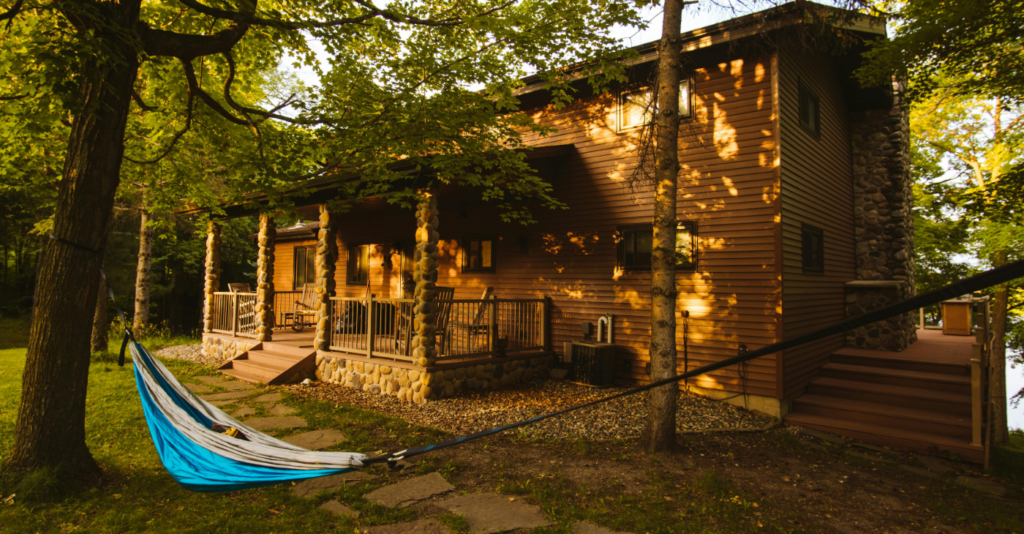
Prefabrication and sustainable construction
Timber frame construction is becoming more efficient with the rise of prefabrication. Prefabricated timber components can be manufactured off-site and then assembled on the building site. This process reduces waste, lowers construction costs, and speeds up the building timeline.
Off-site manufacturing also allows for more precision in construction, which results in less material waste and fewer errors during assembly. Prefabrication aligns with the principles of green building by reducing the environmental impact and improving resource efficiency.
The future of timber frame house
The future of timber frame houses looks promising as they continue to lead the charge in sustainable construction. With increasing environmental awareness and a global push toward reducing carbon footprints, timber frame homes offer a renewable, eco-friendly alternative to traditional building materials like concrete and steel. Technological advancements, such as cross-laminated timber (CLT) and prefabrication, are expanding the possibilities for timber frame construction, allowing for taller, more complex designs that meet modern architectural standards. As energy efficiency and biophilic design gain more importance in the housing market, timber frame homes will play a key role in shaping the future of green, sustainable living.
Summary – Why timber frame houses are revolutionizing home design
Timber frame house is not only beautiful and durable but also a key player in the green building revolution. With their renewable materials, energy efficiency, and low environmental impact, timber frame houses are an ideal choice for sustainable living. As the world moves towards more eco-friendly construction practices, timber frame homes will continue to lead the way in creating a greener, more sustainable future.
For those looking to build a home that balances modern design with environmental responsibility, a timber frame house is a smart, sustainable option. Whether it’s the energy savings, the connection to nature, or the longevity of the structure, timber frame homes are proving to be a key solution for building a more sustainable world.



